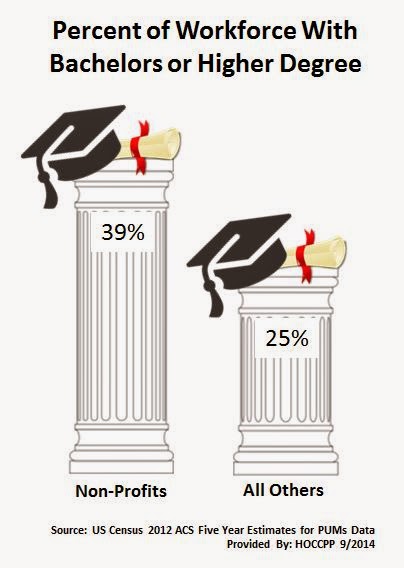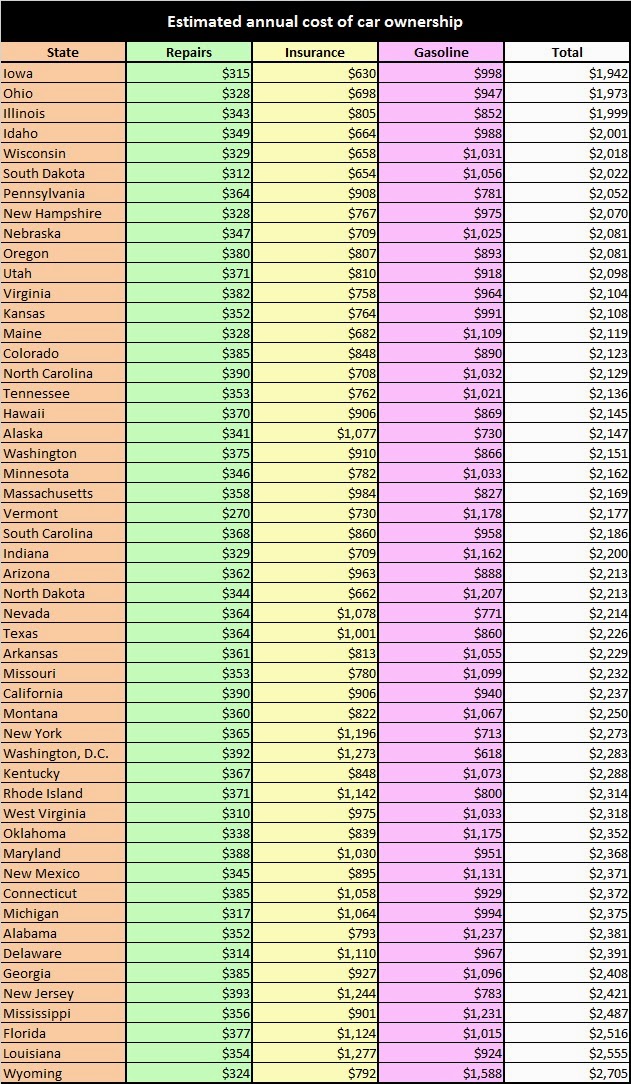One of the things I have been trying to take a look at are the longer terms trends in our area by using older data sets (i.e. old census files) and comparing them to newer ACS data. There are, of course, limitations - changing definitions confound these efforts as much as the lack of data sometimes does !
That aside, I was able to assemble some information on housing tenure I thought was interesting, allowing for some comparisons between short versus long term home owners (those that have owned their homes for 10 years or less versus those that have owned them for more than 20 years), as well as short versus long term renters (those that have been in the same apartment five or less years versus those that have lived in the same apartment 10 or more years).
Looking at the patterns since the 1970 Census, you can see how there has been a decline in both Herkimer and Oneida Counties in "new" owners. In both counties we find that the percent of home owners that have been in their current home for 10 or less years has dropped - from about 42% to 36% in Herkimer County between 1970 and 2010, and from 45% to 39% in Oneida County over the same time period.
Herkimer County Home Owners 1970 to 2010
 |
| Click to Enlarge |
Oneida County Home Owners 1970 to 2010
 |
| Click to Enlarge |
At the same time, there has been an increase in the percentage of home owners that have stayed in their homes for the long haul - namely those that have lived at the same address in excess of the past 20 years. In Herkimer County the percentage rose from around 34% to 39% and in Oneida County it went from 29% to 39% over the last 40 years.
We find a somewhat opposite trend (albeit a small one) when looking at apartment dwellers in both counties. In both Herkimer and Oneida Counties we find slightly more people renting in the short run (in this case the shortest period I could measure in all 5 censuses was the prior 10 years so keep that in mind!), and slightly fewer people in life long rentals of, say more than 20 years.
Herkimer County Apartment Dwellers 1970 to 2010
 |
| Click to Enlarge |
Oneida County Apartment Dwellers 1970 to 2010
 |
| Click to Enlarge |
Since there are limitations in getting at the older data, I wanted to try to learn a little more about those people that own and rent right now, as opposed to the past. To do this I delved into the ACS 2012 Five Year Estimates for the two PUMAs that make up the majority of the two county region.
First, looking at home owners, there was some interesting comparisons to be found among the family types and their participation in the workforce. Regionally the data suggest that newer home owners are more reliant on having two working people in the home than those that have been established in their homes for a couple decades. And single working parents make up about 18% of new home owners, versus only 8% of established owners. The large 40% slice of the pie labeled "others" for people that have owned their home more than 20 years is mostly people not in the workforce. This is likely retirees and older economically established citizens.
 |
| Click to Enlarge |
This is somewhat confirmed when we examine households with children present among new versus established home owners.
 |
| Click to Enlarge |
As can be readily seen, people who have owned their homes for more than 20 years are far less likely to have any children, let alone young children under the age of 6, present. These long term home owners are generally free from the types of family obligations that younger home owners find themselves dealing with. In addition, they are often free of their mortgages as well. As seen below, only four out of every ten longer term home owners still are paying a mortgage, versus eight out of ten among owners who have been in their house for less than 10 years.
 |
| Click to Enlarge |
When we look at employment data with renters, one piece that seems to leap out its the increased demand that single working parents place on rental properties versus those owning homes. More than 40% of short term renters (those who have only been renting for 5 or less years) are single working parents. Among long term renters more than a quarter (26%) are single parents with jobs. This is two to three times as large a percent as in the case of home owners.
 |
| Click to Enlarge |
Just as was the case with home owners, short term renters are more likely to have children, and especially younger children under the age of 6, present in the household. Nearly one out of five people (19%) who have been renting for less than five years have children under the age of 6 present in the household - this is identical to their compatriots who are "new" home owners. And similarly, longer term renters are far less likely to have young children in the home.
 |
| Click to Enlarge |
Affordable housing is something that impacts renters especially hard. HUD defines affordable rental housing on the basis that a household should spend no more than 30% of its income on rent. In our region, nearly HALF of all renters, long and short term, spend more than 30% of their income on rent. And more than one in five spend as much as 50% of their income to pay rent for their apartment.
 |
| Click to Enlarge |
To get some sense of what that income is, the chart below shows the median household and family incomes for long and short term renters, as well as long and short term home owners.
 |
| Click to Enlarge |









































